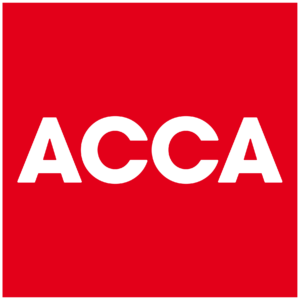Latest Industry News
The government recently published long-awaited draft legislation for Making Tax Digital (MTD) for VAT. Here we analyse the government’s latest position, and consider the next steps for the initiative.
What’s included in the draft legislation?
The publication of Finance Bill 2017-19 brought with it primary legislation permitting the introduction of MTD for VAT. HMRC is currently consulting on the legislation, and is seeking feedback from businesses and the industry in regard to its plans.
Under MTD for VAT, from April 2019 businesses with taxable turnover over the VAT threshold (currently £85,000) will be required to keep digital records for VAT purposes and provide their VAT return information to HMRC using MTD-functional software.
The scheme will retain the existing rules in relation to keeping and preserving digital records and making returns, but HMRC will have new powers to introduce regulations governing the digital submission of information by VAT-registered businesses.
Using MTD software and keeping digital records
Under the new rules, businesses must make use of MTD-compatible software in order to fulfil the MTD duties required of them. Functional compatible software must be able to link to HMRC’s systems via an Application Programming Interface (API).
Third party software will be made available to businesses, and HMRC is likely to list MTD-compatible software on its website.
Completing and filing VAT returns
Firms must be able to use their selected software to keep and preserve records in a digital form, create a VAT return from the records held in the software, provide HMRC with VAT data on a voluntary basis and receive information from HMRC via the API platform.
At least every three months, businesses will have to submit summary totals of their digital records to HMRC. Certain ‘designatory data’ will also need to be submitted with their first quarterly update. VAT account records must also be maintained, alongside details of any adjustments made, which will include correcting errors in calculating the VAT payable in a previous period, and take into consideration other requirements, for example claiming bad debt relief and annual adjustments for partial exemption and retail schemes.
Digital records will need to be preserved in MTD-compatible software for up to six years.
What does the future hold?
The government plans to make the necessary regulations available by no later than April 2018. HMRC will be piloting MTD for VAT for the rest of 2017, with wider live piloting planned from Spring 2018.
Undoubtedly, MTD presents challenges for business owners and software developers alike. As your accountants, we can help you to make the transition to digital record-keeping ahead of the introduction of the new regulations.
For further information on how the MTD reforms may affect your business, please contact us.
For tailored advice on how to best manage your personal and business finances, get in touch with us today and find out about how CBHC can help you do more with your money.









